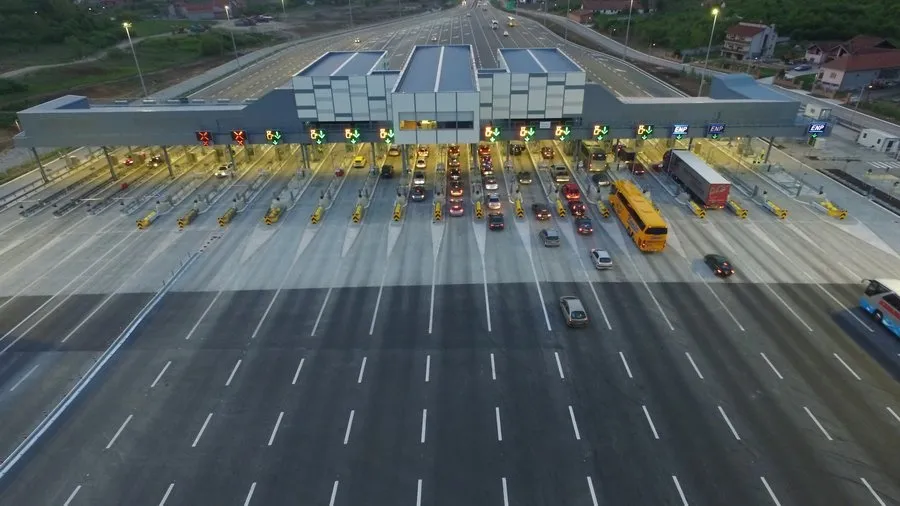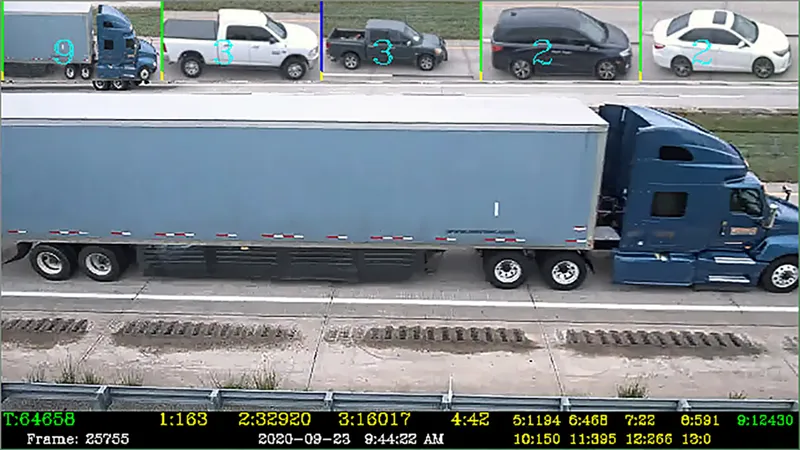
At present, the manufacturer has installed cameras on around 270 toll lanes, part of Serbia's 900km of tolled roads with 65 toll plazas.
Tattile Vega Basic short-range cameras are installed for automatic number plate recognition (ANPR), with one camera per lane located at the lane entrance.
Vehicles digitally trigger the camera, which sends the image via TCP connection to the lane controller, merging this with data received from other parts of system according to the respective payment method.
On manual toll lanes, ANPR data is used for better vehicle identification, while in electronic toll collection non-stop lanes it is compared with automatic vehicle classification and additional on-board unit data to maintain successful non-stop transit for a free-flow toll system.
Tattile says its camera software "can prove their stable performance against sun flare and in all kind of weather conditions during day or night".
The Italian company is also retrofitting as part of a Serbia tolling system modernisation project.









